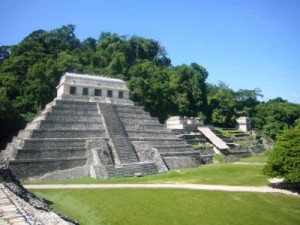United Nations University Programme for Biotechnology for Latin America and the Caribbean (UNU-BIOLAC), Caracas, Venezuela
8-Feb-2009
 The growing relationship between scientists and curators is the focus of a 4-day, UN-affiliated international conference in Caracas designed to promote innovative ways to stem the decay of some of humanity’s greatest art and cultural treasures.
The growing relationship between scientists and curators is the focus of a 4-day, UN-affiliated international conference in Caracas designed to promote innovative ways to stem the decay of some of humanity’s greatest art and cultural treasures.“With the world financial crisis and the advent of climate change effects, there is a state of emergency at the museums of several tropical countries: entire collections are compromised,” says Alvaro Gonzalez, a researcher at the Caracas-based Institute of Advanced Studies (IDEA) and Director of Venezuela’s Cultural Heritage Conservation Foundation, the host of the event.
Says Jose-Luis Ramirez, Director of the United Nations University’s Programme for Biotechnology for Latin America and the Caribbean (UNU-BIOLAC), an event sponsor: “The normal concern about single artifacts is no longer paramount. Storing and protecting entire collections safely has become a priority and scientists have a key role: developing techniques and procedures that are fundamental to heritage conservation.”
Many of the world’s cultural treasures are creations made of organic materials such as paper, canvas, wood and leather which, in prolonged warmth and dampness, attract mold, micro-organisms and insects, causing decay and disintegration.
New biotechnology techniques to be described include the use of micro-organisms to remove fungus and other problems on artwork, photos, documents, masonry and more.
Full text of release, click here
Example coverage:
The Guardian, click here
Notimex, click here
IndoAsian News Service, click here
Asian News Service, click here
Coverage summary, click here